Spandex knit fabric is a versatile textile that blends the stretchability of spandex with the flexibility and structure of knit fabric. This unique combination creates a highly elastic, comfortable, and form-fitting material, making it particularly well-suited for activewear and casual apparel applications.
Spandex knit fabric has revolutionized the textile industry, becoming a go-to material for its unparalleled elasticity and versatility. From high-performance activewear to everyday comfort clothing, this fabric has redefined how we think about flexibility and functionality in modern apparel.
To truly appreciate the value of spandex knit fabric, it’s essential to understand what sets it apart from other textiles. By exploring its unique characteristics, production process, and diverse applications, we can uncover why this fabric continues to dominate the fashion and performance-wear world.
Spandex knit fabric is a versatile and elastic material that has revolutionized the textile industry, making it ideal for activewear and casual clothing due to its comfort and functionality – True
Spandex knit fabric lacks elasticity and is primarily used in rigid, non-stretch applications such as formalwear and upholstery – False
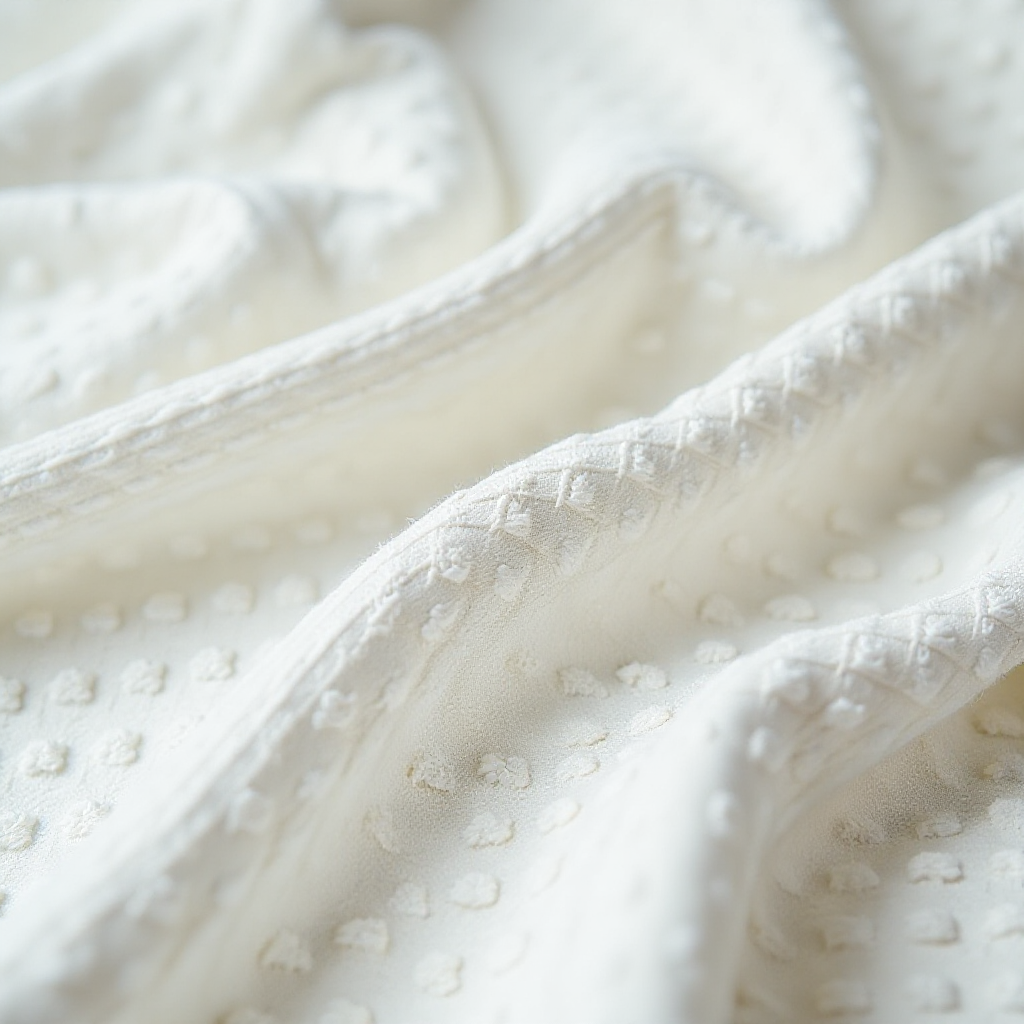
- 1. What Is the Process of Making Spandex Fabric?
- 2. What Are the Different Ways Spandex Fabric Use For?
- 3. What Are the Benefits of Spandex Knit Fabric?
- 4. What Are the Most Effective Ways to Find a Reliable Spandex Fabric Manufacturer?
- 5. What are the environmental impacts of producing spandex fabric?
- 6. Why is spandex fabric considered a game-changing material?
- Conclusion
- Related
1. What Is the Process of Making Spandex Fabric?
The production of spandex fabric involves several complex steps, with the predominant method being solution dry spinning, which is responsible for over 95% of global spandex output. Below is a detailed breakdown of this manufacturing process:
A Step-by-Step Guide to the Spandex Fabric Manufacturing Process
1. Synthesis of Prepolymer
The production process begins with the mixing of two essential components:
- Macroglycol: A type of polyol.
- Diisocyanate Monomer: Typically methylenebis(phenyl isocyanate).
These components are combined in a precise ratio of approximately 1:2 under controlled heat and pressure. This chemical reaction forms a prepolymer, which is the foundation for the spandex fibers.
2. Chain Reaction
After the prepolymer is formed, it is exposed to diamine acid, triggering a chemical process known as chain extrusion. This results in the formation of long, chain-like molecules that enhance the elasticity of the final spandex product. The prepolymer is highly viscous at this stage and needs to be diluted with a solvent to enable easier processing.
3. Fiber Production
The diluted prepolymer solution is then fed into a specialized machine called a fiber production cell or cylindrical spinning cell. Within this machine is a device known as a spinneret, which contains numerous small holes. As the solution is forced through these holes, it forms liquid strands.
4. Solidification
Once the liquid strands emerge from the spinneret, they are exposed to heated nitrogen and solvent gas, which causes them to solidify into firm fibers. This critical step transforms the liquid polymer into durable spandex fibers.
5. Bundling and Finishing
Once the fibers have solidified, they are extruded from the spinning cell and exposed to pressurized air, which twists them into strands of varying thickness, based on specific requirements. Finally, the fibers are treated with a finishing agent, such as magnesium stearate, and wound onto spools, ready to be woven or knitted into fabric.
| Step | Description | Key Process |
| 1. Synthesis of Prepolymer | Mixing two essential components: – Macroglycol (polyol) – Diisocyanate Monomer (methylenebis(phenyl isocyanate)) Combined in a 1:2 ratio under controlled heat and pressure. | Formation of a prepolymer, the foundation of spandex fibers. |
| 2. Chain Reaction | Exposing the prepolymer to diamine acid triggers a chain extrusion process. This creates long, chain-like molecules that increase elasticity. The prepolymer is diluted for easier processing. | Chemical chain extrusion that forms the elasticity of the final spandex fiber. |
| 3. Fiber Production | The diluted prepolymer solution is fed into a fiber production cell, where it passes through a spinneret with tiny holes. The solution forms liquid strands. | The formation of liquid spandex strands through the spinneret. |
| 4. Solidification | The liquid strands are exposed to heated nitrogen and solvent gas, solidifying them into durable spandex fibers. | Solidification of liquid polymer into firm fibers through exposure to heat and solvent gases. |
| 5. Bundling and Finishing | Solidified fibers are twisted into strands of varying thickness with pressurized air. They are treated with a finishing agent and wound onto spools for fabric production. | Fiber bundling, finishing treatment with agents like magnesium stearate, and preparing for weaving or knitting. |
Conclusion
The production of spandex fabric is a sophisticated process that blends chemistry and engineering to produce a highly elastic material. The solution dry spinning method enhances efficiency and preserves the integrity and performance qualities that make spandex ideal for various applications, from athletic wear to everyday clothing.
The production of spandex fabric involves a complex process that combines chemistry and engineering, with the solution dry spinning method ensuring both efficiency and the performance characteristics that make spandex ideal for various applications, including athletic wear and everyday clothing – True
Spandex fabric is produced using a simple process that requires minimal chemical reactions, it is only suitable for use in formalwear and upholstery – False
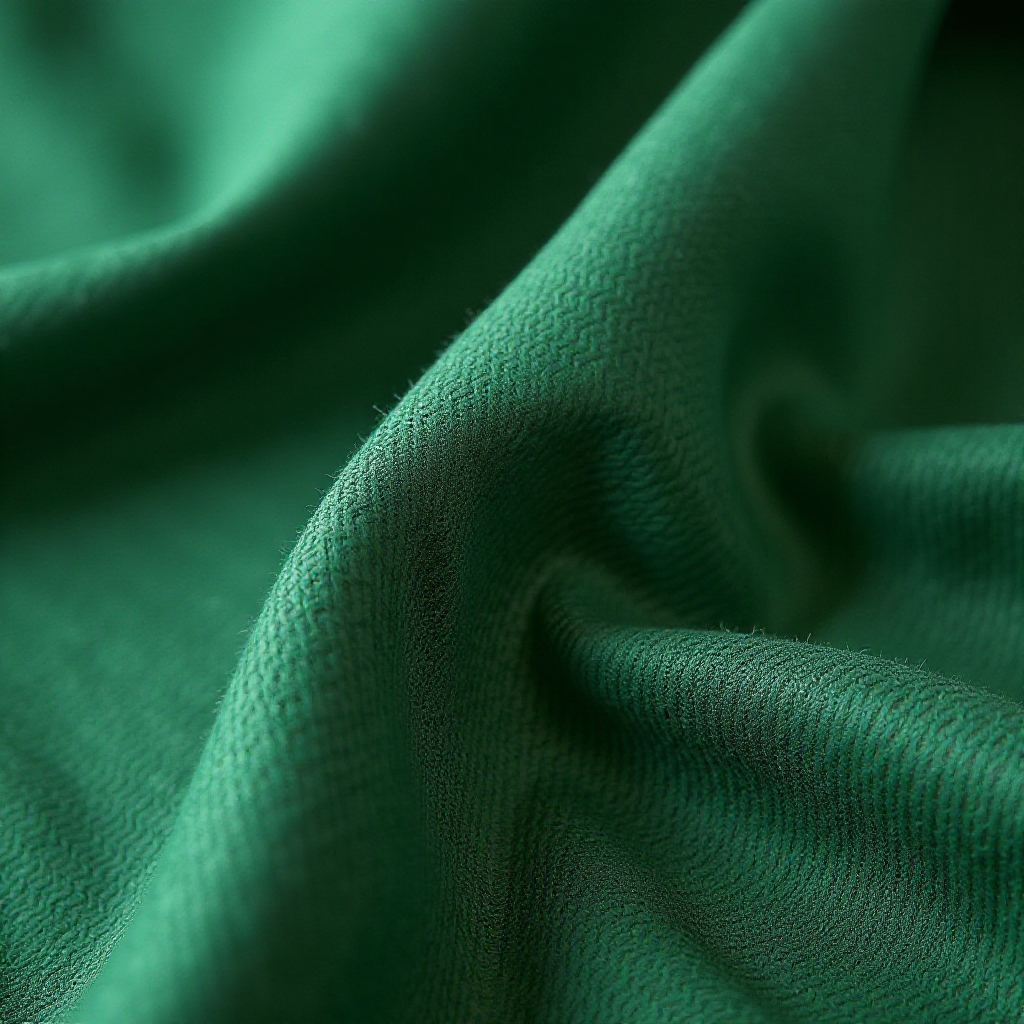
2. What Are the Different Ways Spandex Fabric Use For?
Spandex knit fabric is highly regarded for its versatility and finds applications in a broad range of industries
Spandex knit fabric’s elasticity and comfort make it ideal for applications ranging from activewear to medical garments. Its ability to stretch and conform to the body’s shape offers unparalleled flexibility, which is why it’s commonly used in sports apparel, dancewear, and compression garments. The fabric’s moisture-wicking properties make it an excellent choice for performance clothing, ensuring comfort during high-intensity activities.
To fully appreciate the widespread use of spandex knit fabric, it’s important to explore its various applications in greater detail. In the fashion industry, spandex is often blended with other fibers to enhance the fit and comfort of garments, making it a staple in everything from leggings to swimsuits. Its use in compression stockings and bandages in healthcare provides therapeutic benefits by promoting blood circulation. Meanwhile, the fabric’s adaptability in design and durability also makes it an excellent material for upholstery and other industrial applications, demonstrating its broad versatility.
1. Athletic Apparel
Spandex knit fabric is popular for athletic apparel thanks to its durability, stretch, and moisture-wicking abilities. It is commonly used in:
- Running clothes
- Gym wear
- Sports uniforms
The fabric provides excellent freedom of movement, ensuring comfort while also keeping athletes cool and dry during physical activities.
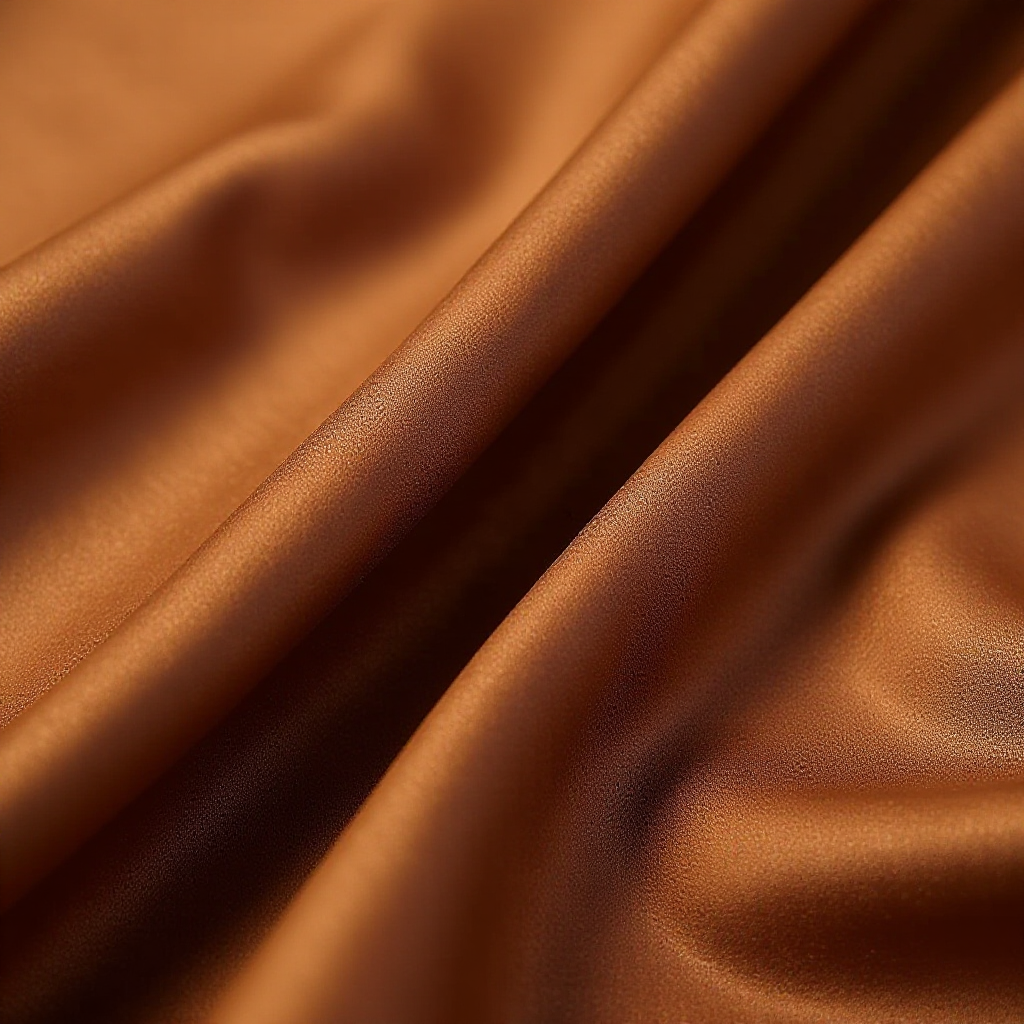
2. Outdoor Apparel
Spandex knit fabric is well-suited for outdoor clothing because it can endure harsh weather conditions while offering comfort and flexibility. It is commonly used in:
- Hiking clothes
- Camping gear
- Swimwear
The fabric’s stretchability and durability make it a reliable choice for active outdoor activities.
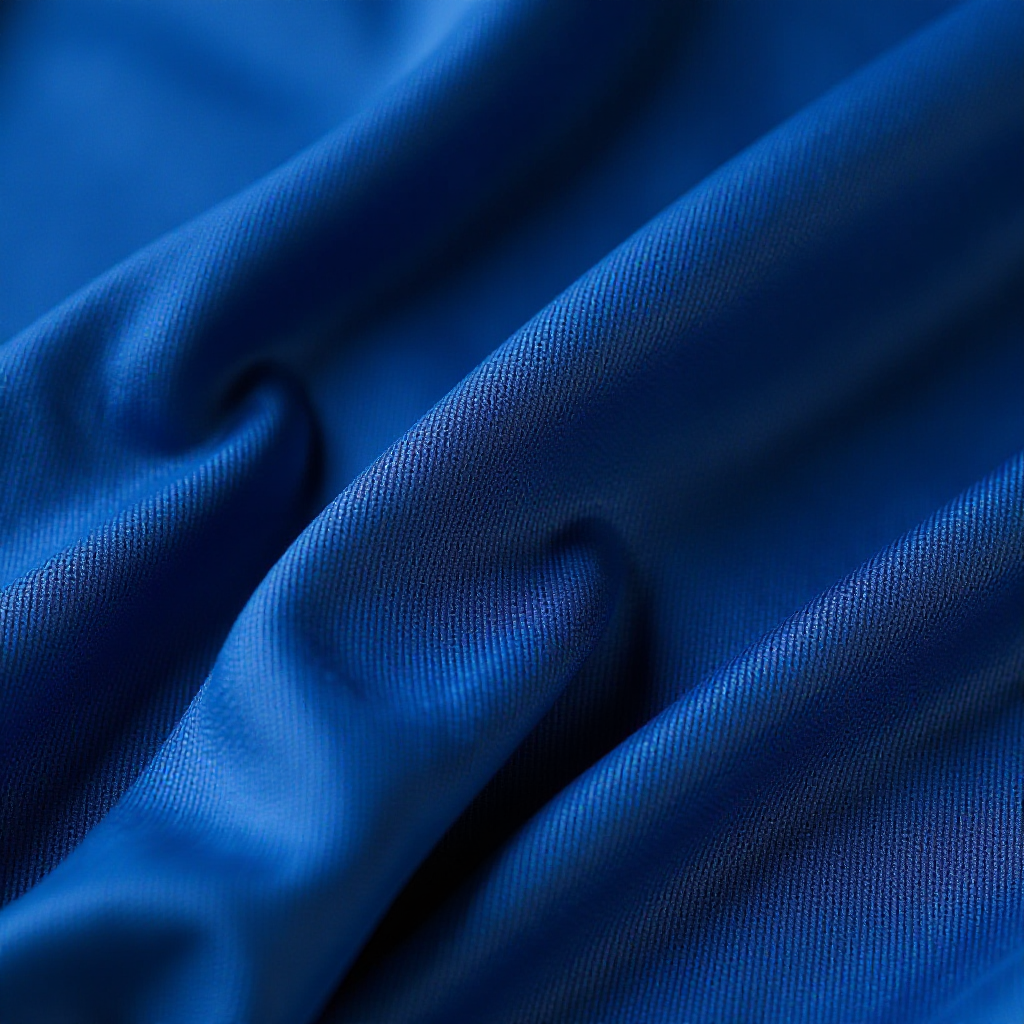
3. Casual Wear
Spandex knit fabric is favored in everyday clothing for its comfort and style. It is commonly used in:
- T-shirts
- Sweatshirts
- Leggings
Its flexibility and softness make it a key component in casual wardrobes, offering both comfort and fashion.
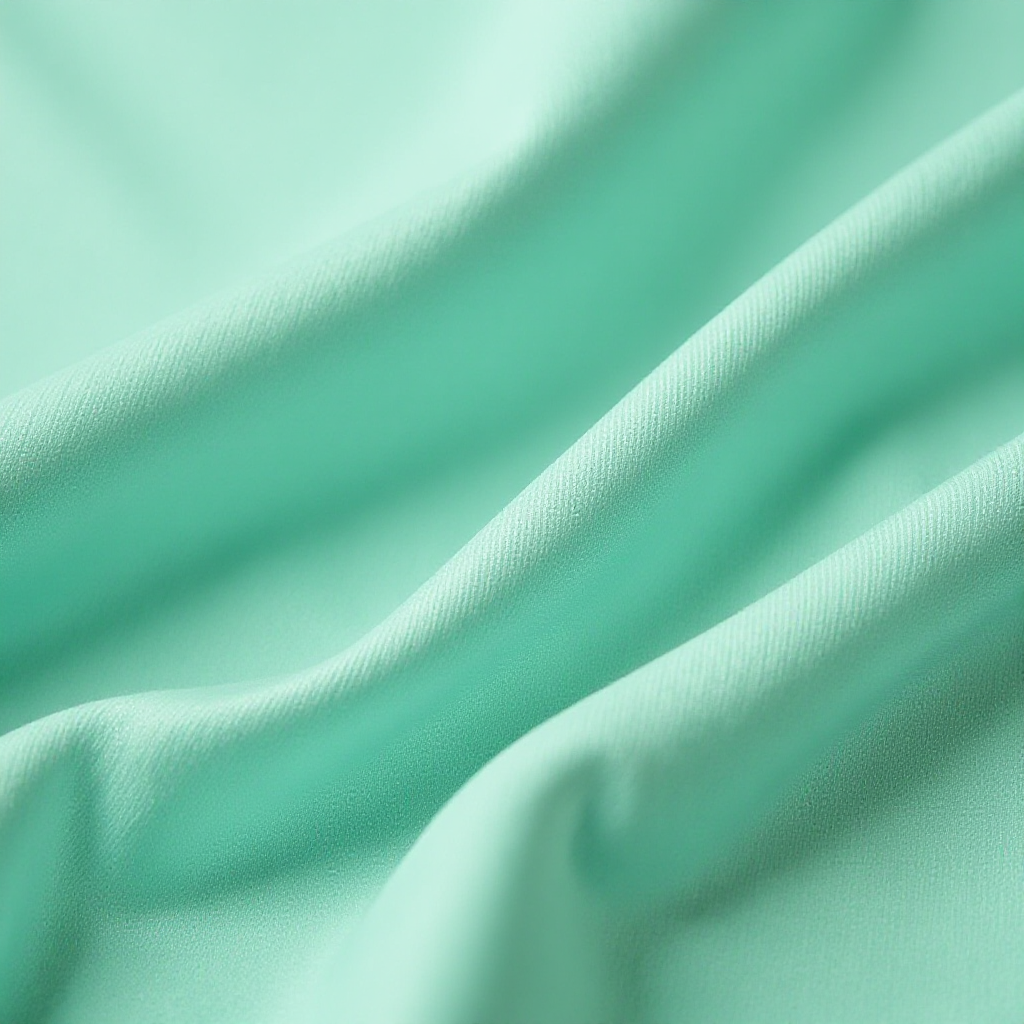
4. Underwear and Socks
The elasticity of spandex makes it a popular choice for undergarments, offering comfort and support. It is commonly used in:
- Underwear: Provides a snug, comfortable fit without restricting movement.
- Socks: Ensures they stay in place and prevent slipping.
The fabric’s stretchability adds to these everyday essentials’ overall comfort and durability.
5. Medical Textiles
In the medical field, spandex knit fabric is utilized for its elasticity and comfort. Common applications include:
- Compression garments: Designed to improve circulation and aid in recovery.
- Wound dressings: Providing flexibility and comfort while allowing for movement.
The fabric’s stretchability suits medical applications requiring support and comfort.
6. Fashion Industry
Spandex knit fabric is widely used in the fashion industry to create form-fitting garments that enhance comfort and style. It is commonly found in:
- Dresses: Offering a flattering, body-hugging silhouette.
- Leotards: Essential for dance, gymnastics, and performance wear.
The fabric’s stretchability and ability to maintain shape make it popular for garments requiring flexibility and a sleek appearance.
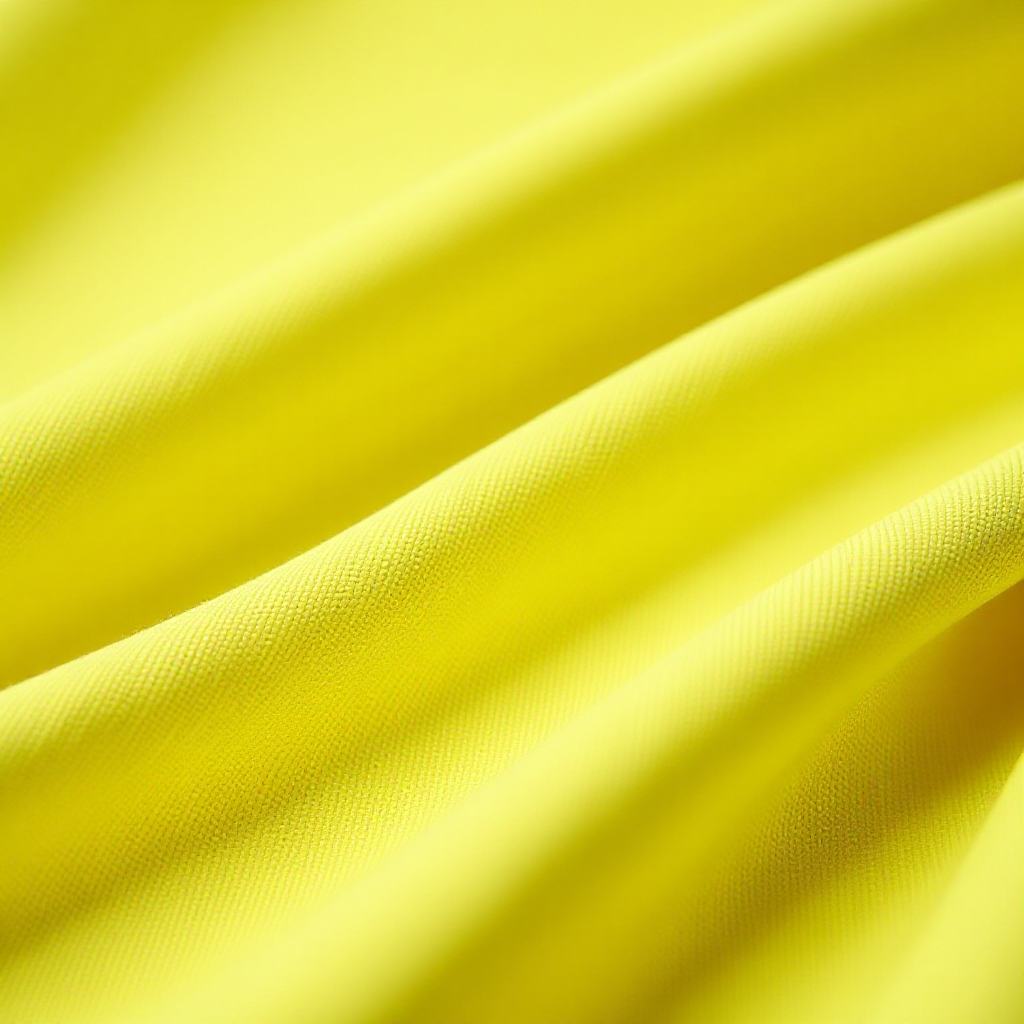
Conclusion
Spandex knit fabric stands out for its exceptional stretch, comfort, and durability. These qualities make it ideal for various applications, including athletic wear, casual clothing, and specialized medical textiles, cementing its place as a versatile and essential material in multiple industries.
Spandex knit fabric is highly versatile, offering a unique blend of stretch, comfort, and durability that makes it suitable for various applications, including sportswear, everyday clothing, and medical textiles – True
Spandex knit fabric is only used in sportswear and has limited applications in other industries due to its lack of durability and comfort – False
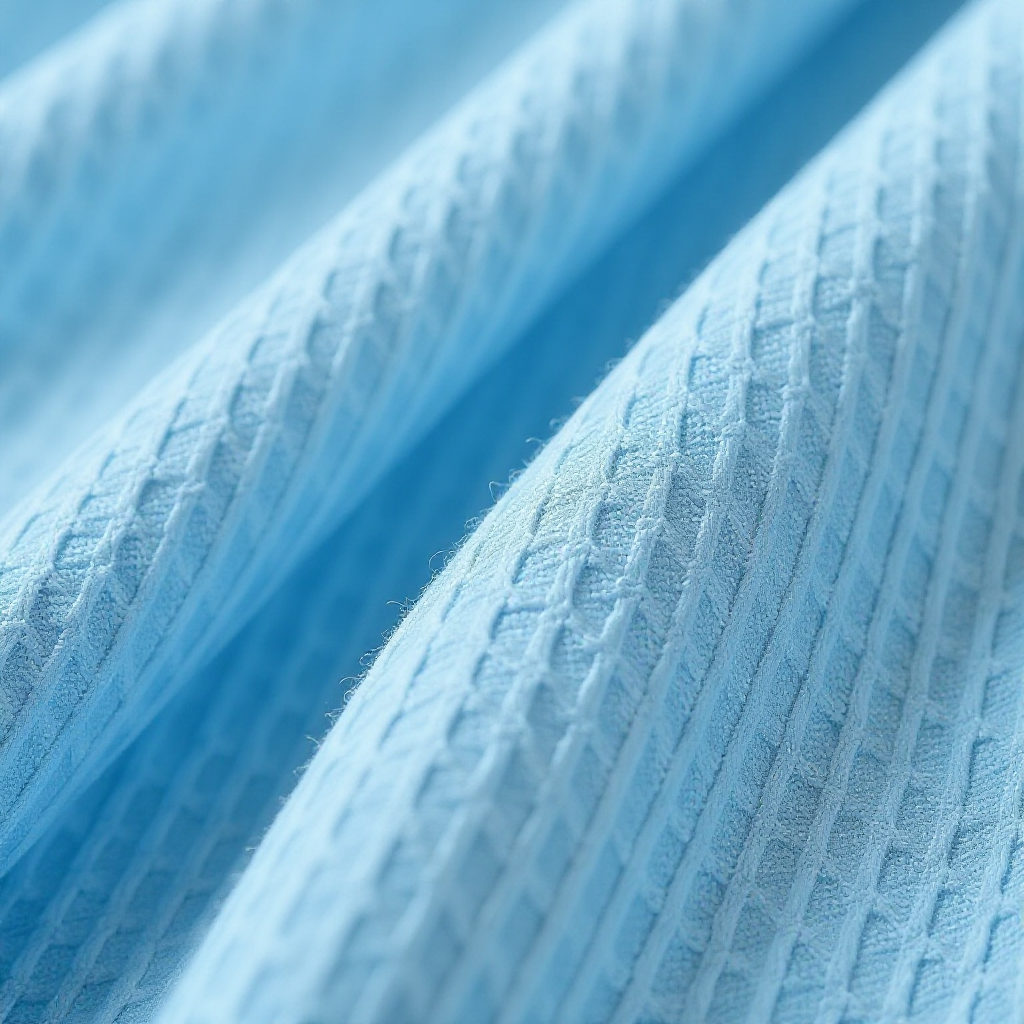
3. What Are the Benefits of Spandex Knit Fabric?
Spandex knit fabric provides numerous advantages that make it highly sought after in various industries, especially in fashion and activewear. Known for its unique combination of stretch and durability, it has become an essential material for products that require flexibility and comfort.
The key benefits of spandex knit fabric include its exceptional elasticity, which allows it to maintain its shape and provide a comfortable, form-fitting experience. Its breathability, moisture-wicking properties, and long-lasting durability make it ideal for high-performance activewear, casual clothing, and even medical textiles.
Check the benifits as follows:
1. Exceptional Elasticity
Spandex is celebrated for its exceptional stretchability, capable of expanding up to 500% of its original size. This high level of elasticity allows garments to fit closely to the body while offering unparalleled freedom of movement. As a result, spandex is a top choice for activewear, swimwear, and form-fitting clothing such as leggings and dresses.
2. Comfort and Fit
The smooth and soft texture of spandex knit fabric enhances comfort, conforming to the body’s shape for an improved fit. This makes it especially suitable for flexible garments like yoga pants and sports bras. Moreover, the fabric’s ability to retain its shape after stretching ensures a consistently comfortable and flattering fit over time.
3. Durability and Resilience
Spandex knit fabric is engineered to endure frequent stretching and wear without losing its elasticity or shape. This durability guarantees that garments retain their appearance and performance even after numerous washes, making them a cost-effective choice for both consumers and manufacturers.
4. Moisture-Wicking Properties
Many spandex blends, especially those combined with polyester, possess moisture-wicking properties. This allows the fabric to draw sweat away from the body, keeping the wearer cool and dry during physical activities. This feature is particularly advantageous in athletic apparel, where comfort and performance are essential.
5. Lightweight and Breathable
Spandex knit fabrics are typically lightweight, contributing to overall comfort during wear. Their breathability helps regulate body temperature and prevent overheating, making them ideal for intense workouts or warm environments.
6. Versatility in Design
Spandex knit fabric is available in a wide range of weights, colors, and patterns, providing endless design possibilities. This versatility allows it to be used in a variety of applications beyond clothing, such as medical textiles.
7. Ease of Care
Spandex knit fabric garments are generally machine washable and wrinkle-resistant, making them easy to maintain. This low-maintenance quality is ideal for busy individuals who seek practical, everyday clothing options.
Conclusion
In conclusion, spandex knit fabric offers a range of advantages that make it indispensable in contemporary textiles. Its elasticity, comfort, durability, moisture-wicking abilities, and versatility have solidified its role in activewear, form-fitting garments, and various other applications. With these benefits, spandex knit fabric continues to meet the demands of both consumers and manufacturers in a wide variety of industries.
Spandex knit fabric is known for its elasticity, comfort, durability, moisture-wicking properties, and versatility, making it ideal for activewear, form-fitting garments, and various other applications – True
Spandex knit fabric is highly absorbent, which makes it unsuitable for moisture-wicking activewear and athletic garments – False
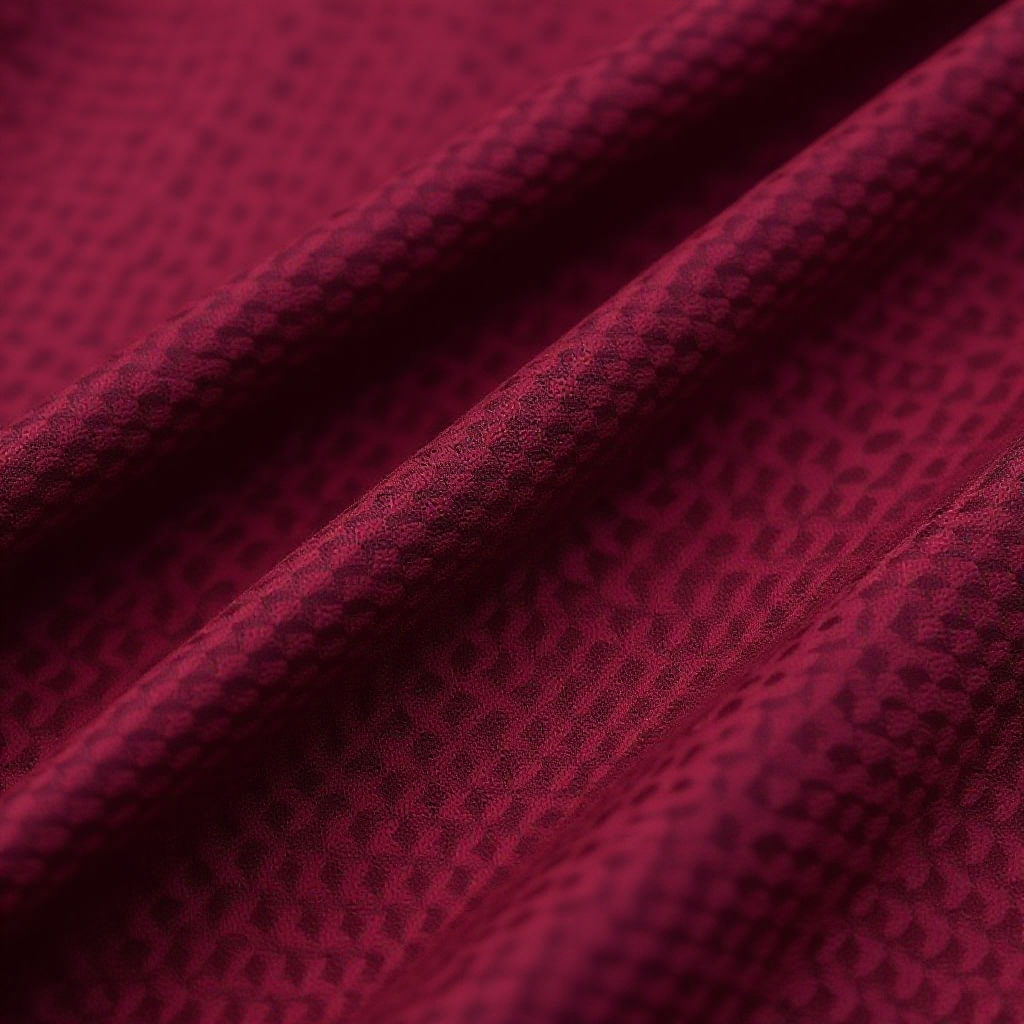
4. What Are the Most Effective Ways to Find a Reliable Spandex Fabric Manufacturer?
When searching for trustworthy spandex fabric suppliers, consider factors such as the manufacturer’s reputation, production capacity, and quality control practices. Additionally, requesting samples, reviewing customer feedback, and ensuring the supplier has the necessary certifications can help ensure that the fabric meets your standard of durability, elasticity, and overall performance standards.
Here are some effective methods:
1. Explore Online Directories
Leverage online platforms dedicated to fabric suppliers, such as Hoosens Textile, which features various spandex fabric manufacturers. These websites allow you to filter suppliers by ratings, reviews, and product offerings, helping you identify reliable and reputable options.
2. Assess Manufacturer Credentials
When evaluating a potential supplier, consider the following factors:
- Quality Control Processes: Ensure they follow industry standards for durability and elasticity to guarantee the quality of the fabric.
- Production Capacity: Confirm that the manufacturer can meet your volume needs without sacrificing quality.
- Lead Times: Choose suppliers with efficient turnaround times, which is especially crucial in fast-paced industries like fashion.
3. Request Samples
A reliable supplier should be willing to provide fabric samples. This allows you to evaluate the spandex fabric’s quality, texture, and stretchability before committing to a large order. Requesting samples is essential to ensure the fabric aligns with your specific requirements.
4. Explore Customization Options
Select suppliers that offer customization services if your project requires specific designs or specifications. This can include options for different colors, textures, or fabric blends with materials like cotton or polyester to meet your unique needs.
5. Evaluate Sustainability Practices
With sustainability becoming a key consideration, partnering with manufacturers prioritizing eco-friendly practices, such as using recycled materials or low-impact dyes is important. This helps protect the environment and resonates with environmentally conscious consumers, enhancing your brand’s appeal.
6. Network at Industry Events
Participate in textile trade shows and industry events to connect with suppliers directly. Face-to-face interactions can help build trust, foster stronger relationships, and provide valuable insights into their operations and capabilities.
To find reliable spandex fabric suppliers, it’s crucial to research online directories, evaluate manufacturer credentials, request samples, consider customization options, check sustainability practices, and network at industry events to ensure quality and consistency – True
Finding reliable spandex fabric suppliers is easy, as there is no need to evaluate manufacturer credentials, request samples, or consider sustainability practices when choosing a supplier – False
Conclusion
Finding a reliable spandex fabric supplier requires a thoughtful and strategic approach. You can identify trustworthy suppliers who meet your needs by researching online directories, evaluating manufacturer credentials, requesting samples, exploring customization options, considering sustainability practices, and networking at industry events. These steps ensure you partner with manufacturers that provide high-quality products, consistent delivery, and excellent service, ultimately helping you make informed and successful purchasing decisions.
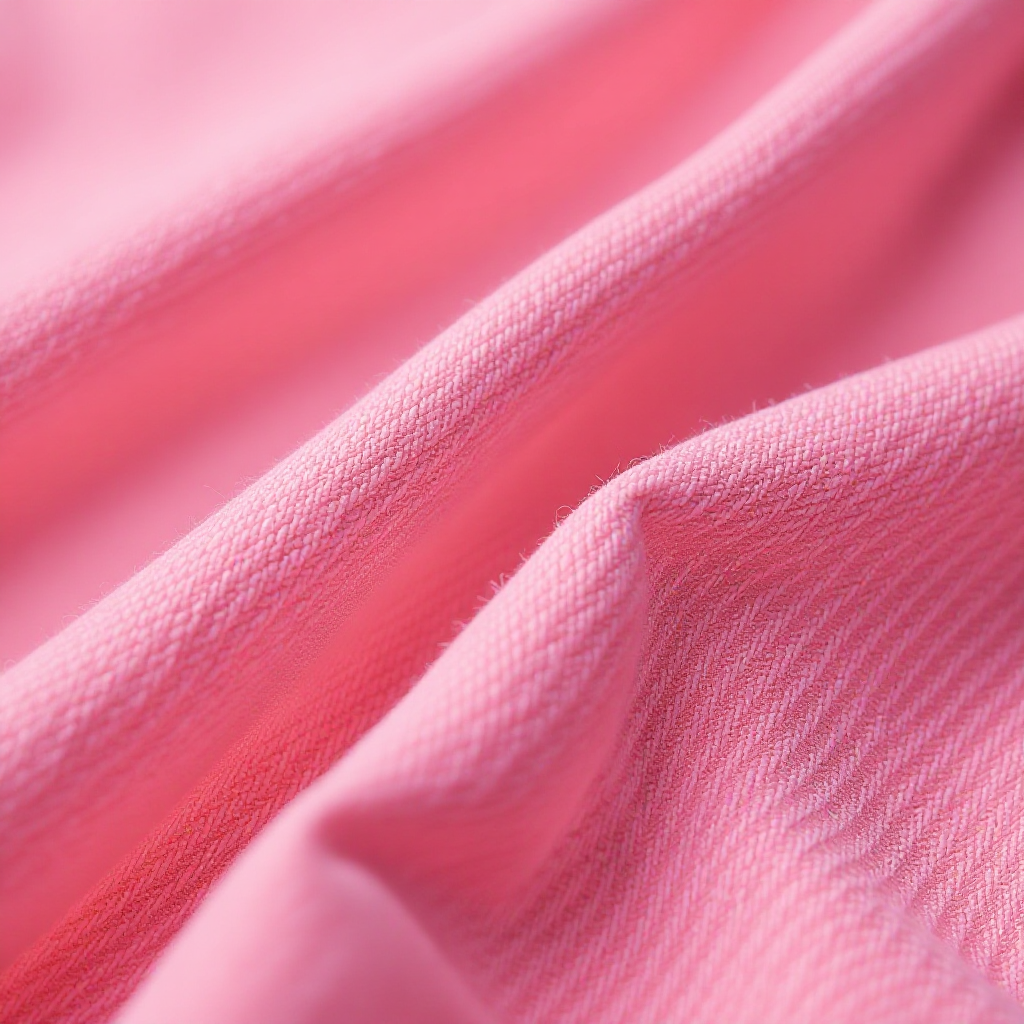
5. What are the environmental impacts of producing spandex fabric?
The production of spandex fabric poses several environmental impacts that raise concerns about its sustainability. These impacts are mainly related to energy consumption, chemical use, and waste generation, contributing to pollution and resource depletion.
Some key environmental issues include high energy consumption, harmful chemicals in the production process, excessive water usage, and the generation of waste materials. These factors affect the environment and make it challenging to adopt sustainable practices in the production of spandex fabric.
In addition to the energy and chemical concerns, spandex production also leads to water depletion and pollution. The fabric’s non-biodegradable nature means it can persist in landfills for years, contributing to long-term waste. Furthermore, spandex garments release microplastics as they degrade, harming ecosystems. Efforts to mitigate these environmental impacts, such as adopting renewable energy, reducing chemical usage, and developing recycling methods, are ongoing, but challenges remain in fully addressing the sustainability issues associated with spandex manufacturing.
Chemical-Intensive Production
Spandex fabric production involves using various chemicals, including solvents, that can pose risks to human health and the environment if not handled correctly. Additionally, the synthetic dyes used in manufacturing can contaminate water sources, negatively impacting local ecosystems and particularly affecting plant and aquatic life.
Dependence on Fossil Fuels
Spandex production is heavily reliant on petroleum-based raw materials, which makes it dependent on fossil fuels. This reliance leads to several environmental concerns:
- Greenhouse Gas Emissions: The extraction and refining of petroleum release substantial amounts of carbon dioxide and other pollutants into the atmosphere, contributing to climate change.
- Resource Depletion: The processes involved in extracting petroleum can deplete non-renewable resources, raising questions about the long-term sustainability of spandex production.
Non-Biodegradability
Spandex fabric is non-biodegradable, meaning it can take 20 to 200 years to decompose in landfills. During this long degradation process, toxic chemicals may be released into the environment, threatening soil and water quality. This durability in landfills adds to ongoing waste management challenges, contributing to long-term environmental concerns.
Microplastic Pollution
Washing spandex garments can result in the release of microplastics into water systems. These microscopic particles have the potential to contaminate oceans, rivers, and drinking water supplies, posing significant risks to aquatic life. Over time, they can even enter the human food chain. Many marine debris consists of non-biodegradable textile fibers, including spandex, further contributing to the growing problem of environmental microplastic pollution.
Energy-Intensive Manufacturing
Spandex production is energy-intensive, requiring significant amounts of power throughout manufacturing. This high energy demand increases the carbon footprint of spandex fabric. The environmental impact is exacerbated when fossil fuels are the primary energy source, leading to higher greenhouse gas emissions and global warming.
Challenges in Recycling
The chemical structure of spandex makes it difficult to recycle using traditional textile recycling methods. As a result, garments made with spandex often cannot be processed through conventional recycling systems. When these items end their life cycle, they typically end up in landfills or are incinerated, contributing to waste. This issue presents a major hurdle for sustainable fashion efforts focused on achieving a circular economy.
Conclusion
The environmental impacts of spandex fabric production and disposal are significant and multifaceted. From chemical-heavy production processes to microplastic pollution and challenges in recycling, spandex presents notable sustainability challenges. The reliance on petroleum-based materials, energy-intensive manufacturing, and the non-biodegradability of the fabric highlight the need for innovative solutions in the textile industry to mitigate these environmental concerns. While spandex remains a versatile and functional material, its long-term sustainability will depend on addressing these ecological issues.
The production of spandex fabric involves chemical-intensive processes, reliance on fossil fuels, non-biodegradability, and challenges with recycling, all of which contribute to significant environmental impacts – True
Spandex fabric is biodegradable, easily recyclable, and has minimal environmental impact during its production and disposal – False

6. Why is spandex fabric considered a game-changing material?
Spandex fabric has truly transformed the textile industry, and it is often considered a game-changing material due to its outstanding properties and versatility. With its ability to stretch up to 500% of its original length, coupled with durability, comfort, and a wide range of applications, spandex continues to be a material of choice across industries, from activewear to everyday clothing. Here’s a closer look at why spandex fabric has earned its reputation as a game-changer.
One of the key reasons spandex fabric is so revolutionary is its exceptional stretchability, allowing for unparalleled flexibility and comfort. It maintains its shape even after repeated stretching, making it ideal for leggings, activewear, and swimwear. Additionally, its durability ensures garments retain their form and performance, even with frequent use. This combination of stretch and resilience makes spandex a preferred material for high-performance clothing.
Beyond its physical characteristics, spandex fabric’s impact on various industries is profound. Its versatility allows it to be used in various applications beyond clothing, including medical textiles like compression garments. Innovative blends with fibers like nylon and polyester further enhance spandex’s performance by improving breathability and moisture-wicking capabilities. The fashion industry has also embraced spandex, allowing designers to create stylish, form-fitting garments without sacrificing comfort, forever changing how consumers perceive fashion and functionality.
| Feature | Description | Impact |
|---|---|---|
| Exceptional Stretchability | Spandex can stretch up to 500% of its original length while maintaining its shape, providing flexibility and comfort. | Ideal for activewear, swimwear, and form-fitting clothing, allowing full range of motion. |
| Durability and Resilience | Spandex resists wear and tear even with frequent use and retains its shape after stretching. | Suitable for high-activity clothing like workout gear and dancewear, ensuring long-lasting performance. |
| Comfort and Fit | Soft texture and snug fit, conforming closely to the body. Many spandex blends also offer moisture-wicking properties. | Enhances comfort in garments like leggings, bodysuits, and sportswear while keeping the wearer dry. |
| Versatility in Applications | Used in various industries, from activewear to medical textiles like compression garments and everyday clothing and undergarments. | Spandex’s widespread use makes it a staple material in fashion and functional apparel. |
| Innovative Blends | Often blended with fibers like nylon or polyester to improve breathability, durability, and moisture management, while maintaining stretch. | Enhances overall fabric performance without compromising spandex’s core qualities. |
| Fashion Impact | Revolutionized fashion by enabling stylish, form-fitting clothing without sacrificing comfort. | Changed consumer expectations, allowing designers to create functional, fashionable garments. |
Conclusion
Spandex fabric has undoubtedly revolutionized the textile industry with its exceptional stretchability, durability, and versatility. From enhancing the performance of activewear to transforming the fashion industry with form-fitting designs, spandex continues to be a game-changing material. Its adaptability in various applications, including medical textiles and innovative blends, solidifies its status as a key component in modern textiles, meeting both functional and aesthetic needs across multiple sectors.
Spandex fabric is widely regarded as a game-changing material due to its exceptional stretchability, durability, and versatility, which make it ideal for use in activewear, swimwear, medical textiles, and fashion garments – True
Spandex fabric is not durable and loses its elasticity after repeated use, making it unsuitable for high-performance clothing or activewear – False
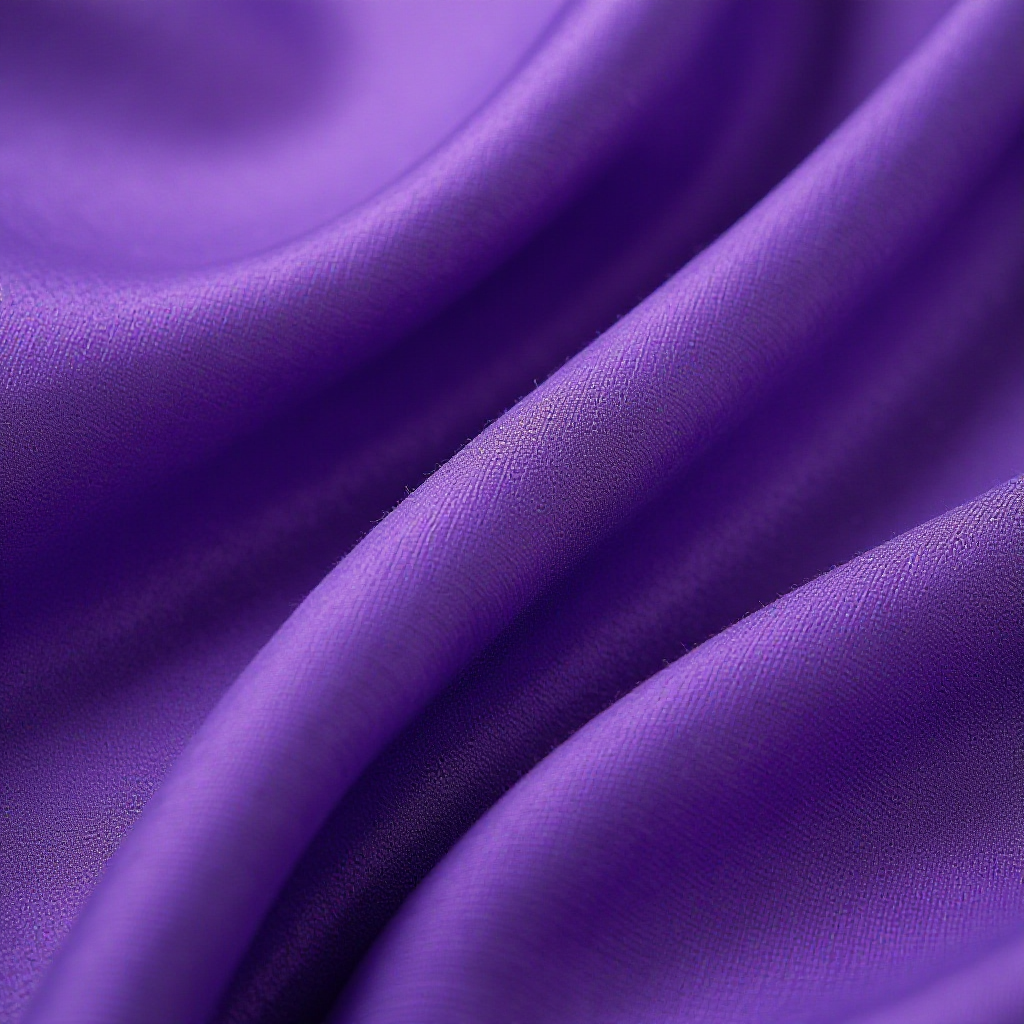
Related
- Spandex by the yard →
- What is Spandex Fabric: Properties, How its Made and Where →
- What is Spandex Fabric, Its Properties, and Uses →
- The Spandex Fabric Revolutionizing Comfort and Performance →
- Spandex Wikipedia →
- What is Spandex Fabric? Characteristics and Applications of Spandex Fabric in the Fashion Industry →

